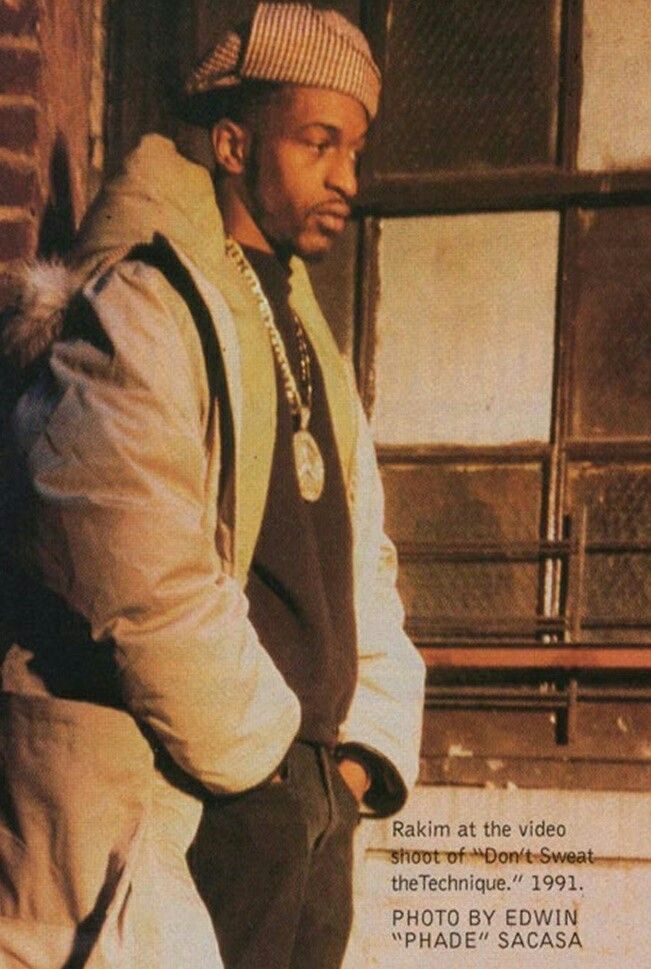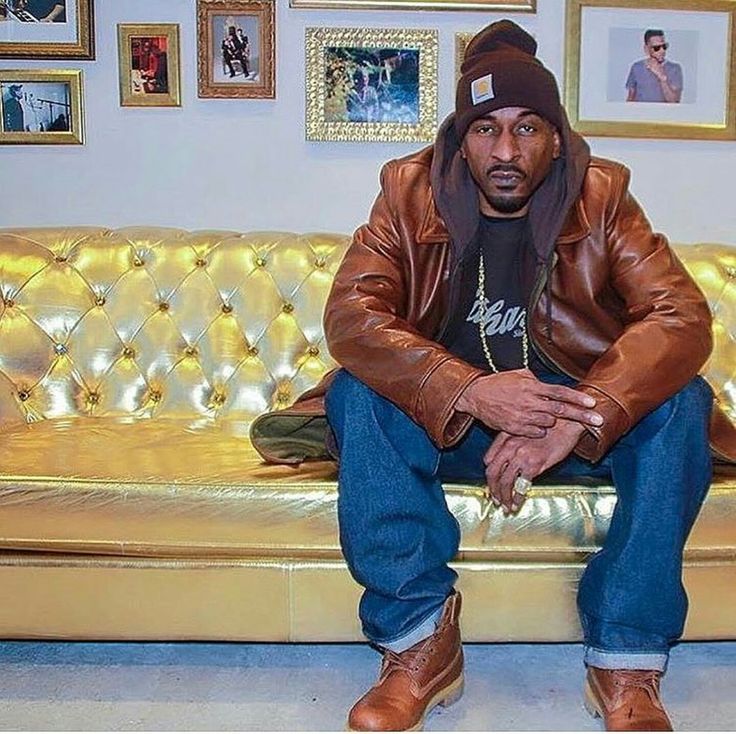In the pantheon of hip-hop greats, few names carry the weight and reverence of Rakim. Often hailed as “The God MC,” Rakim revolutionized rap during its formative years in the 1980s, changing the art of lyricism forever. With a calm, commanding presence and a lyrical prowess that transcended the norms of his era, Rakim built a legacy that still echoes through the verses of today’s top emcees. To understand why Rakim is legendary is to understand the very evolution of hip-hop lyricism, rhythm, and flow.
The Rise of a Revolutionary
Rakim was born William Michael Griffin Jr. on January 28, 1968, in Long Island, New York. Raised in Wyandanch, Rakim grew up in a musical household. His mother was a jazz singer, and his early exposure to jazz and soul would later heavily influence his delivery and tone. Initially drawn to music as a saxophone player, Rakim’s approach to rap was infused with the syncopation and phrasing of jazz legends like John Coltrane. This influence would shape his unique approach to rhyming, which stood in stark contrast to the more rigid, rhythmic delivery of early 1980s rap.
Rakim’s break came when he teamed up with DJ Eric B. in 1986. Their chemistry was instant and electric. Together, they formed one of the most iconic duos in hip-hop history: Eric B. & Rakim. The duo’s debut single, “Eric B. Is President,” was groundbreaking. It announced to the world that something new was happening in rap — something cerebral, poetic, and innovative.

Changing the Game with “Paid in Full”
In 1987, Eric B. & Rakim released their debut album, Paid in Full, a seminal work that redefined what rap could be. Rakim’s rhymes were dense and complex, filled with internal rhyme schemes, intricate wordplay, and a laid-back delivery that contrasted with the energetic style of his contemporaries.
Where most MCs at the time stuck to simple A-B rhyme schemes, Rakim introduced a multi-layered style that included internal rhymes, assonance, and compound bars. He wasn’t just rhyming words — he was painting pictures with language, turning verses into literary art. Lines like:
“I take seven emcees, put ’em in a line / And add seven more brothers who think they can rhyme / Well, it’ll take seven more before I go for mine / Now that’s twenty-one emcees ate up at the same time…”
showcased not just technical brilliance, but a cool, confident swagger that made him stand apart.
Paid in Full wasn’t just a hit — it was a statement. It was a masterclass in lyricism, and Rakim’s calm, methodical flow inspired a generation of rappers to sharpen their pens. It’s no surprise that the album is routinely cited among the greatest hip-hop albums of all time.

The Blueprint of Flow
Rakim’s influence can’t be overstated. Before Rakim, rap was largely shouty and rhythmically basic. After Rakim, MCs were expected to bring complexity and style. He introduced the idea that rap could be intellectual — that it could carry weight and precision like poetry.
He also popularized the use of internal rhymes and more sophisticated rhyme schemes. Rakim would often rhyme multiple syllables within a single line, weaving words like a jazz musician improvises with notes. His voice was smooth, deep, and commanding — he didn’t need to raise his tone to be heard. He brought a meditative, almost philosophical energy to rap that was entirely new at the time.
His lyrical content was also a shift. While early hip-hop often focused on party anthems or braggadocious rhymes, Rakim’s verses were introspective, spiritual, and even metaphysical at times. He often invoked images of knowledge, wisdom, and self-discipline — which helped pave the way for more conscious hip-hop movements that would follow.

Beyond “Paid in Full”
Eric B. & Rakim followed their debut with three more albums: Follow the Leader (1988), Let the Rhythm Hit ’Em (1990), and Don’t Sweat the Technique (1992). Each album showcased further evolution in Rakim’s style and lyrical maturity.
Follow the Leader elevated their sound with tracks like “Microphone Fiend” and the title track “Follow the Leader,” both showcasing Rakim’s increasingly philosophical and intricate lyricism. By the time Don’t Sweat the Technique dropped, the duo had firmly etched their names into hip-hop’s Mount Rushmore.
Despite the duo splitting in the mid-90s due to contractual and creative differences, Rakim continued to release solo work, including The 18th Letter in 1997, which was both a return to form and a reminder of his enduring relevance.

Influence on Future Generations
Rakim’s influence is everywhere. Eminem, Nas, Jay-Z, Kendrick Lamar — all have cited Rakim as a major influence on their style and development. Nas, in particular, has spoken frequently about how Rakim changed his perception of what a rap verse could be.
“Before Rakim, it was about just rhyming words. After Rakim, it was about painting pictures,” Nas once said.
You can trace the evolution of rhyme complexity in hip-hop directly back to Rakim. Even decades later, artists strive to emulate his blend of intelligence, style, and flow.

The God MC
What makes Rakim legendary is not just what he did, but how profoundly he changed the trajectory of the genre. He didn’t chase trends. He set them. He wasn’t loud or flashy, but his voice carried weight like thunder. His mastery of flow and form elevated rap to a higher artistic plane, laying the foundation for the lyrical giants who followed.
While Rakim never pursued commercial success with the same intensity as others, his legacy isn’t measured in chart positions. It’s measured in respect — in the awe and admiration of his peers, and in the lasting impact he made on hip-hop as a craft.
To this day, Rakim remains a symbol of what hip-hop can be at its highest level — poetic, intelligent, impactful. He is not merely a pioneer; he is a prophet of lyricism, a master of rhythm, a scholar of the streets. That’s why, no matter how many years pass, Rakim will always be legendary.



